Museo Storico dello Sbarco in Sicilia 1943
The Museo Storico dello Sbarco in Sicilia 1943 or the Historical Museum of the Landing in Sicily in 1943 is an immersive museum and educational museum dedicated to the memory of the war event that freed Italy from the Nazi occupation and the fascist dictatorship.
The Museum is located in Piazzale Rocco Chinnici / Viale Africa, at the “Le Ciminiere” Cultural-Exhibition Center about one kilometer from the seafront and the historic center.
The Museum occupies an area of about 3000 square meters and is located in the Le Ciminiere complex, an agglomeration of sulfur refineries founded in the 1870s, recovered for protection and enhancement, on the initiative of the Regional Province of Catania (today Citta Metropolitana), with the project by the architect Giacomo Leone.
By integrating the remains of the original factory with new ‘bodies’ of contemporary design wisely mindful of the forms, materials, and volumes of the period, the construction has re-functionalized this archaeological-industrial site, a symbol of one of the brightest moments in the economic history of Catania.
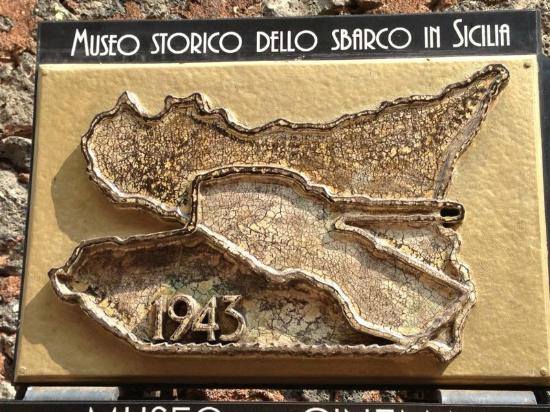
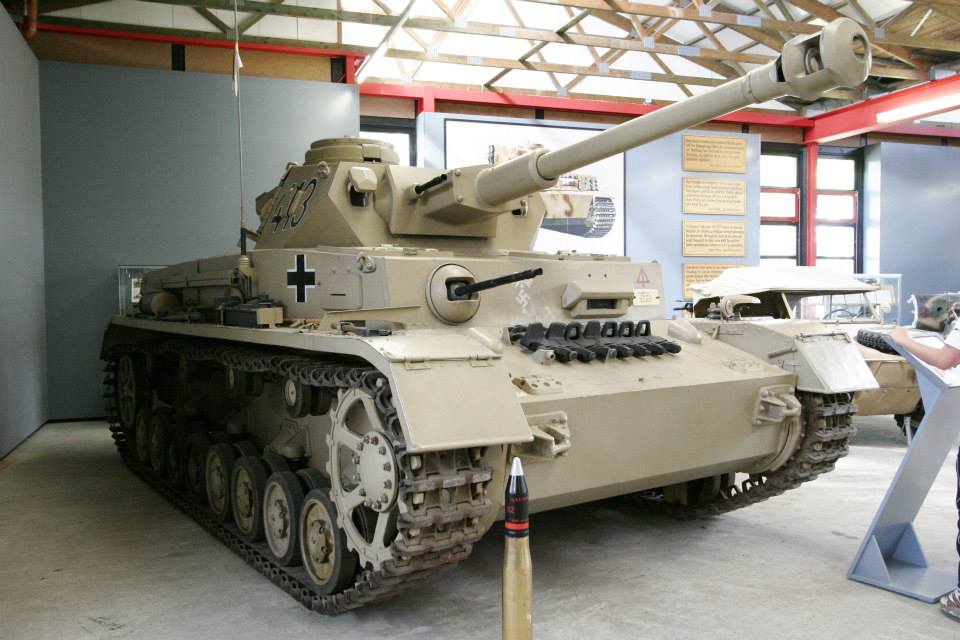
The result is a host container not only for cultural and conference-fair events but also for temporary exhibition structures (Art Gallery and Vintage Radio Exhibition / Romeo Collection), permanent exhibitions (Permanent exhibition of ancient geographical maps of Sicily / La Gumina Collection), and museum sites (Historical Museum of the landing in Sicily 1943 and Museum of Cinema).
On 10 July 1943, while they “easily occupied all of western Sicily”, Americans, British and Canadians, Australians, and New Zealanders landed on its south-eastern part, on the coasts of Gela, Licata, Noto, Augusta, and Portopalo, meeting “the collision of the Germanic resistance ”(D. Mack Smith).
The collections on display, received with purchases in the staging phase, were later increased with private donations, from Italian institutions and the Canadian Army as well as with free loans from various cultural and military institutes such as the Military District of Catania, the Piazzaforte of Augusta, the Cross Rossa Italiana, the State Archives of Catania, the Municipal Historical Archives of Caltagirone and Paterno.
In 2013, on the occasion of the 70th anniversary of the Landing, the exhibition ‘ Phil Stern, Sicily 1943’ was organized. Films, photographs, testimonies, weapons, uniforms, period objects, maps, and newspapers.

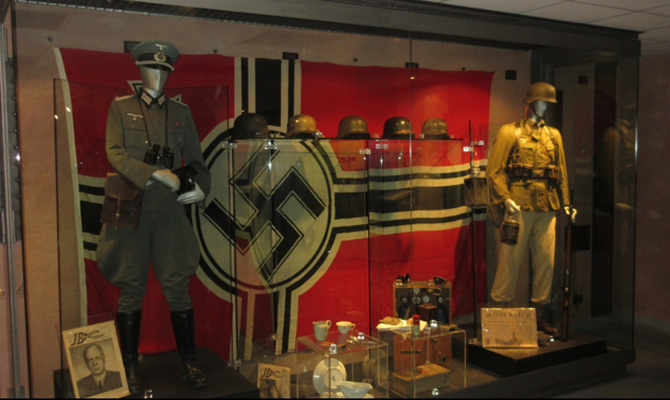
Reconstructions of actual environments (square with shops and Casa del Fascio, air-raid shelter, bunker, civil buildings ruined by bombing).
Reproductions of scenes of life at the front and the protagonists of the events modeled in wax by English masters (FD Roosevelt, W. Churchill, Vittorio Emanuele III, B. Mussolini, A . Hitler; General G. Castellano and Commander Bedell Smith inside the tent that welcomed them to sign the Armistice in Cassibile on 3 September 1943).
All document the stages of the advance of the allied troops and the sequence of clashes in Catania, Messina, Palermo, Agira, Floridia, Troina, and other centers.
The tour ends with the image of the English Cemetery which is located at the gates of Catania, where the remains of the fallen rest: on a monitor next to a bronze sculpture, all their names scroll.
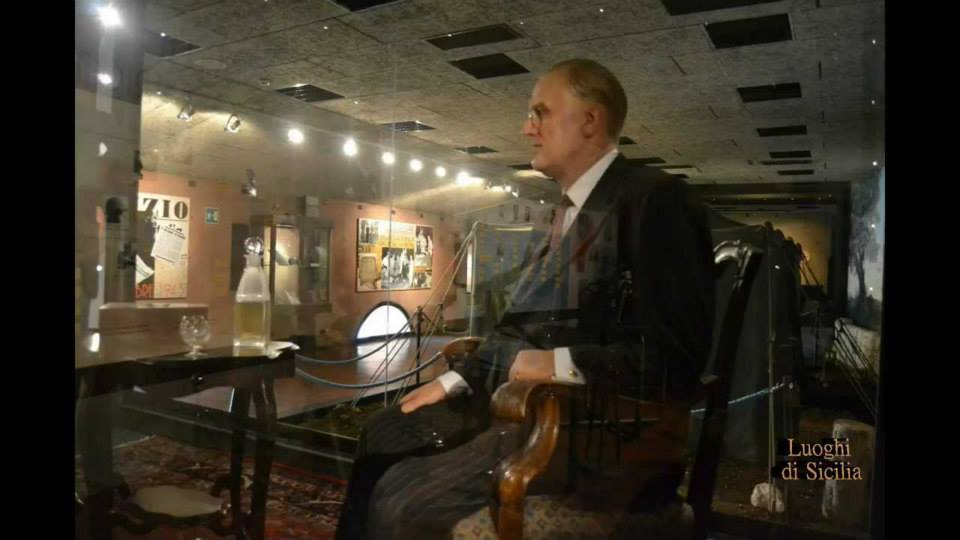
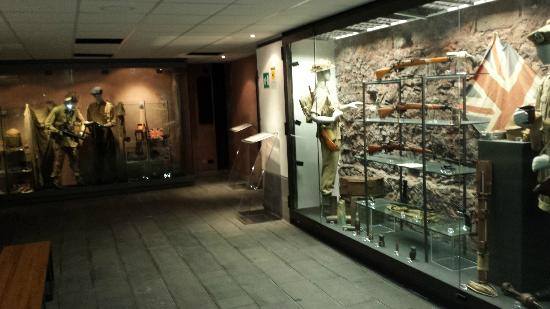
Since 2017, the Museum has enriched its exhibition spaces by integrating the ‘Phil Stern Room’, which extends over 500 square meters and consists of more than 70 photographic images created by Phil Stern (1919 – 2013).
As a war correspondent for the US military, Stern documents the landing operations that took place between 9 and 10 July 1943 in Licata and then the life of ordinary people. Life in the cities and countryside. The victims of the war and the cities were torn apart by the bombing.
At the end of the Second World War, he became a famous photo portraitist of politicians and the most famous personalities of the American star system. More

